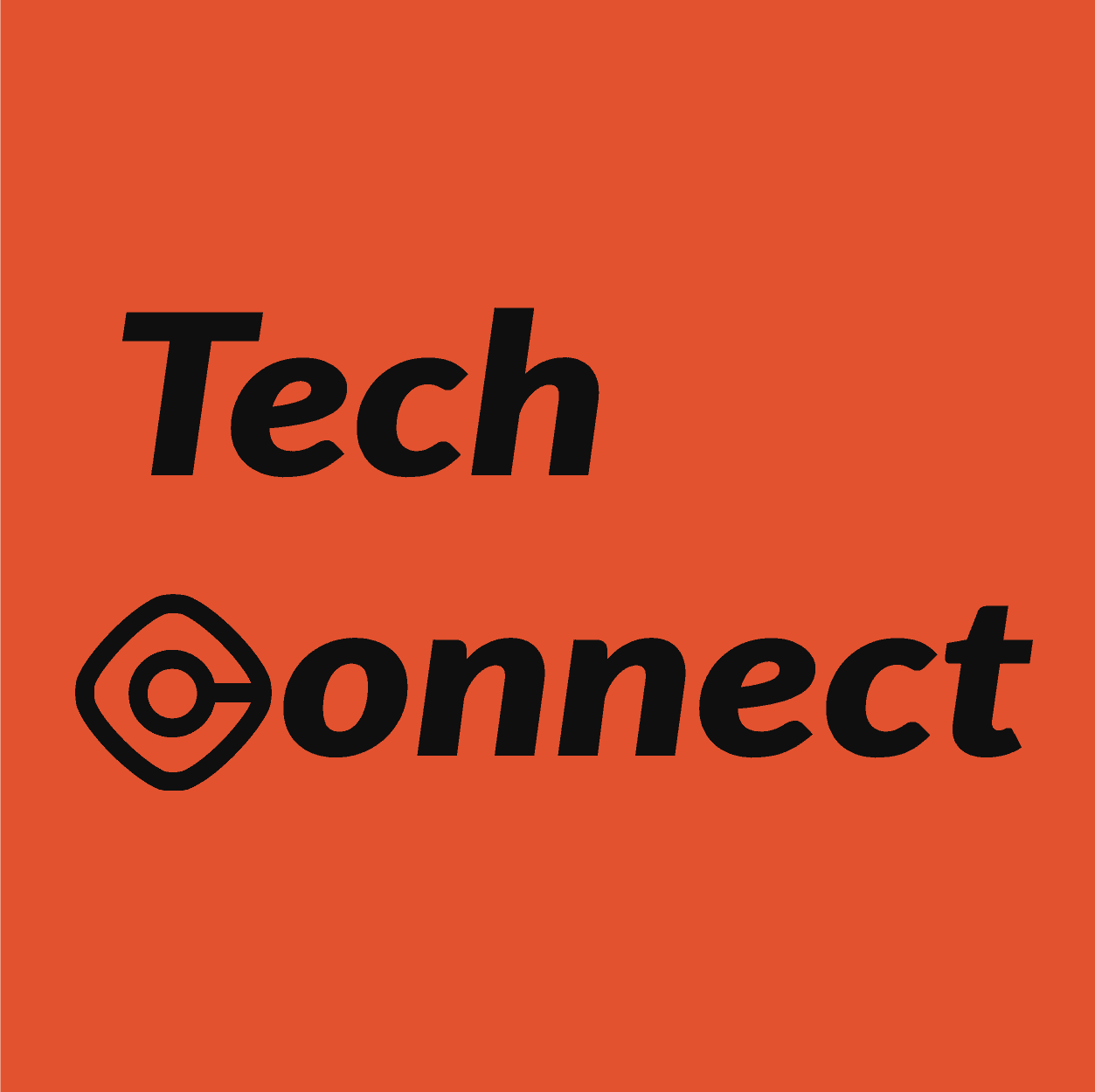Do you find writing effective OKRs difficult?
If you’re like me, then the answer is yes.
Many individuals view creating OKRs as merely completing a checklist instead of devising inspiring objectives that align with the business strategy. This is because crafting effective OKRs is a skill that demands time. Unfortunately, time is a valuable commodity that we all crave more of. So, this week’s featured article is a straightforward guide to help with this process.
It’s worth reading, even if just for a few helpful reminders. 🤓
This Week’s Top Reads:
20 Important And Informative KPIs For Dev Teams
Problem roadmaps are a critical KPI for dev teams. They help identify the top three challenges to solve before the next phase of development.
Key performance indicators can provide invaluable insights to every team in a company. They help leaders and employees stay aligned on and assess progress toward goals, identify areas for improvement, and ensure everyone is held accountable for their efforts and results.
Because the work of development teams is primarily outward-facing—with most of their efforts playing a large role in their co-workers’ and customers’ experiences—identifying and tracking informative KPIs is especially important.
There are many telling KPIs that can help guide a dev team, from Agile-specific measurements to those that shine a light on how well teams across an organization are working together to serve customers. Here, 20 members of Forbes Technology Council share key KPIs they believe are essential and what these metrics can tell dev teams.
Top 5 Key Considerations for Selecting Your Perfect Technology Platform
A one-size-fits-all approach won’t cut it. You need tailored recommendations based on a deep understanding of your organization’s specific needs, context, and future scalability.
In today’s rapidly evolving tech landscape, staying ahead of the curve is crucial, but so is selecting the right platform. If you find yourself overwhelmed by the multitude of options and the complexities involved in the selection process, you’re not alone.
To help you make an informed decision and find the ultimate technology platform for your organization, here are the top five factors you need to consider:
- Prioritize Your Requirements: To ensure seamless alignment with your organization’s objectives and address your unique needs, it’s essential to thoroughly understand and prioritize your specific requirements. Doing so lets you make a well-informed decision when selecting the appropriate technology platform, setting the stage for optimal results.
Why data could be the key to better decisions
Decision-making is becoming increasingly complex, meaning organisations need to find ways to ensure those involved can come to the right decision quickly.
Making good decisions is such a crucial element of running a business that it has even given rise to a synonym for members of the C-suite: decision-makers. But the activity has become significantly more complex in recent years, as Raconteur research shows, with more people involved than ever before and the level of knowledge each decision-maker needs becoming greater.
To understand how smart organisations can deal with this complexity, Raconteur hosted a panel at StrategyFest with three business leaders to explore how to navigate decision-making on a global level, how using data can help and whether too many cooks really do spoil the broth.
- Kristen Brown (KB): vice-president of strategy, Schneider Electric UK&I
- Pete Williams (PW): director of data, Penguin Random House
- Karim Zuhri (KZ): general manager and chief operating officer, Cascade
Bolstering business resilience with data and AI
To say 2023 has been nothing short of a blockbuster-worthy start for the tech sector is somewhat of an understatement.
Business leaders have been faced with two extremes. The first is economic uncertainty and high costs, forcing some difficult decisions when it comes to navigating the path ahead. The second is the fast surge in popularity of large language models (LLMs), which has unleashed an interest in artificial intelligence (AI) and its commercial potential, unlike ever before.
This year has led a significant number of organisations to consider whether or not they are fully taking advantage of the wide array of commercial and operational benefits offered by AI – such as increased efficiency and reduced costs. However, many considerations remain for businesses as they contemplate embarking on their journey with data and AI.
When thinking about adopting new technologies, leaders often do not consider the bigger picture, and only think about the short-term costs. Understanding the total cost of ownership (TCO) is a key piece of this puzzle – looking past what is initially being spent, and instead considering the cost-saving potential in the future.
5 ways enterprise leaders can use large language models to unlock new possibilities
LLMs will undoubtedly play a pivotal role in expediting various tasks across a range of domains.
It’s highly unlikely that you’ve missed the buzz surrounding generative AI, and specifically large language models (LLMs) like ChatGPT. In recent months, these have been hot topics everywhere, from social media to the news to everyday conversations, and we’ve only just begun to learn what generative AI could be capable of.
Generally speaking, gen AI refers to a category of machine learning (ML) techniques that can create content like images, music and text that closely resembles human-created content. LLMs, on the other hand, are neural networks with billions of parameters that have been trained on vast amounts of text data, which enables them to understand, process, and generate human-like language.
Together, these technologies offer a diverse range of applications that hold the potential to reshape diverse industries and amplify the quality of interactions between humans and machines.
By exploring these applications, business owners and enterprise decision-makers can gain valuable inspiration, drive accelerated growth and achieve tangibly improved results through rapid prototyping. The added advantage of gen AI is that most of these applications require minimal expertise and do not require further model training.
When company leadership sets business-wide objectives and key results (OKRs), it’s up to the people ops and HR managers to ensure every team and department aligns their respective OKRs. And if you’ve ever been responsible for that, you know it’s not as simple as sharing the company-wide OKRs with all departments.
You have to collaborate with team leads to create relevant, department-specific OKRs. You have to make sure everyone follows similar internal processes for tracking their OKRs. And you have to verify that every employee understands the OKR framework and knows how to write OKRs.
Sounds easier said than done? All you need is a streamlined, repeatable OKR writing process.
To get started, use this step-by-step guide and help your people understand OKR creation. For better visualization, we also included a shareable infographic and template that illustrates the OKR methodology.
THE DIGITAL EYE
I hope these articles are valuable.
I am passionate about technology, and I want to share that passion with you. I believe that it’s essential for everyone to stay up-to-date on the latest trends, so I’ve set out to cover all aspects of the industry – from data analytics to blockchain and AI.
Please let me know if you want to see any other topics covered, and I would appreciate your help sharing this blog with others interested.



